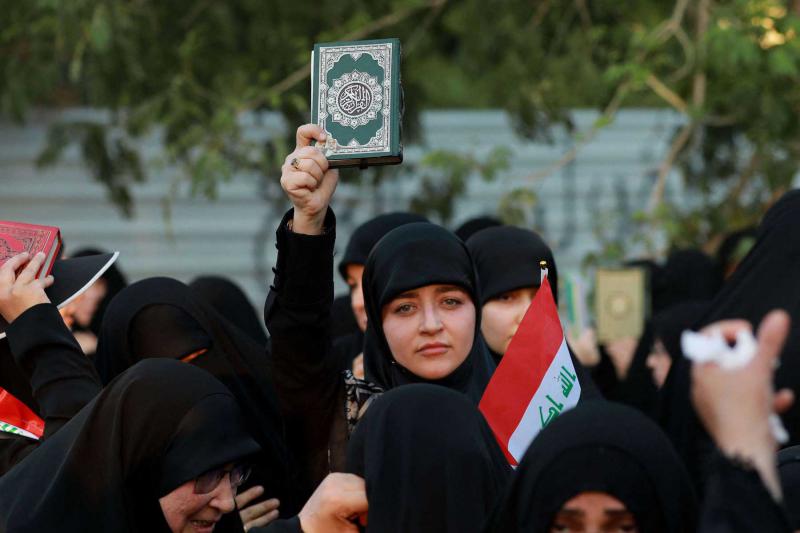The wearing of the Muslim veil in court was backed by new official guidelines today. Senior judges who examined whether Muslim women should be allowed to wear the full facial covering, known as the niqab, said it should be decided on a case-by-case basis. Muslim women should be permitted to wear the garment providing it did not interfere with the administration of justice, the Judicial Studies Board’s Equal Treatment Advisory Committee said. The guidance follows a case at an immigration court in Stoke-on-Trent last November where the judge, George Glossop, ordered an adjournment because he was having difficulty hearing legal executive Shabnam Mughal. The guidelines said: Each situation should be considered individually in order to find the best solution in each case. Forcing a woman to choose between participating in a court case or removing the veil could have a significant impact on that woman’s sense of dignity, it added, and could serve to exclude and marginalise her. Committee chairwoman Mrs Justice Cox said: At the heart of our guidance is the principle that each situation should be considered individually in order to find the best solution in each case. We respect the right for Muslim women to choose to wear the niqab as part of their religious beliefs, although the interests of justice remain paramount. If a person’s face is almost fully covered, a judge may have to consider if any steps are required to ensure effective participation and a fair hearing – both for the woman wearing a niqab and for other parties in the proceedings. This is not an issue that lends itself to a prescriptive approach – we have drawn on a wealth of cases that demonstrate that, and we have drawn up guidance for different court personnel and parties. If the wearer is appearing as a victim, it should not be automatically assumed that the niqab would create a problem, the guidelines said. Nor should it ever be assumed without good reason that it is inappropriate for a woman to give evidence in court wearing the full veil, it added. If a judge felt it necessary to ask a victim to remove her veil, he or she should consider the request carefully, and be thoughtful and sensitive. The courtroom could even be cleared of anyone not directly involved in the case for her to proceed with her evidence, it said. Asking a witness or defendant to remove the garment may be appropriate but careful thought should be given to any such request, the guidelines said. Regarding a Muslim woman appearing as a barrister, solicitor or other advocate, judges should assume they are entitled to wear the veil, it went on. There are few instances where an advocate or representative appearing in a niqab would be likely to present any real issue, it said. Just as in any case where a judge might have difficulty in hearing any party, witness or advocate, sensitively inquiring whether they can speak any louder or providing other means of amplification should suffice and such measures should be considered with the advocate before asking her to remove her veil. Regarding jurors in niqabs, a judge may wish to consider excusing her if a challenge is made by one of the parties, it said, providing there is a genuine basis for the objection. The guidelines come after widespread concern over the wearing of the niqab in schools – by both children and staff – as well as in other areas. In February, a 12-year-old Muslim girl who wanted to wear a full-face veil in class lost her legal battle when a High Court judge dismissed a challenge to her school’s uniform policy. Mr Justice Silber rejected her claim that the school in Buckinghamshire had interfered with her right to freedom of religion under the Human Rights Convention.





